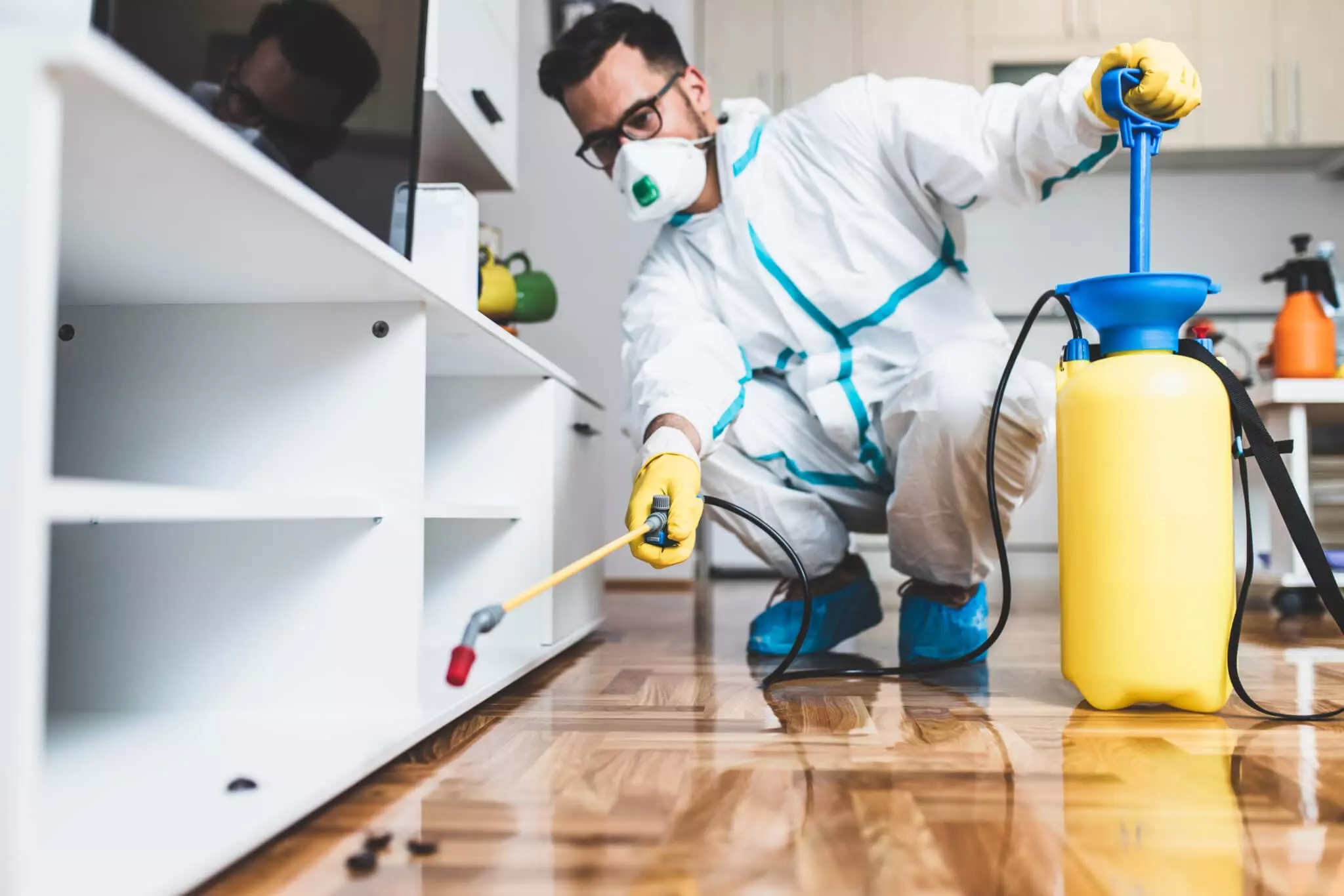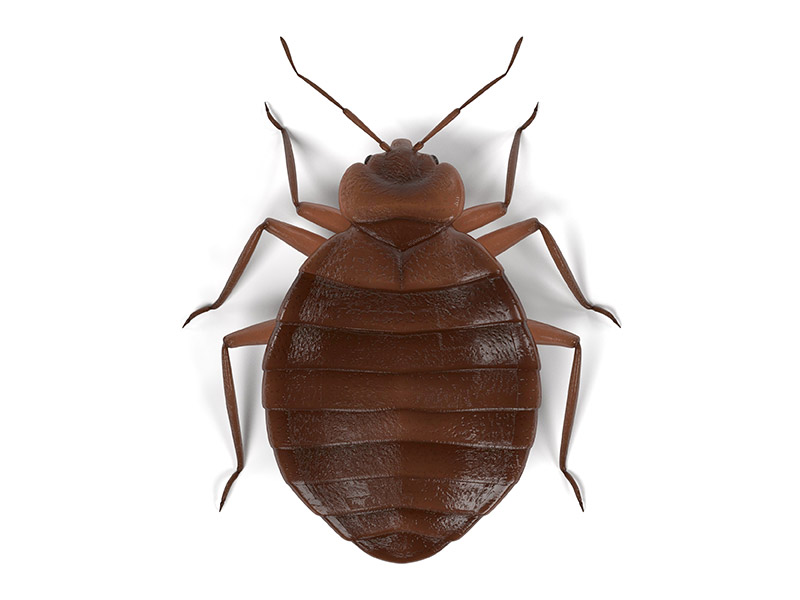Eliminate pests with the best Pest Control in your area.
Eco-Friendly Bug Control Approaches for Taking Care Of Wildlife in Urban Areas
Urban locations typically locate themselves at the intersection of human task and wild animals, leading to special obstacles in insect monitoring. Eco-friendly techniques stress lasting conjunction, employing methods such as habitat alteration and all-natural repellents to reduce human-wildlife disputes. These methods not just shield the setting but likewise improve neighborhood interaction in wild animals administration. As metropolitan populaces proceed to expand, recognizing the characteristics of wild animals communications becomes progressively crucial. What innovative methods can be executed to guarantee both environmental balance and metropolitan security? Exploring this question reveals an engaging landscape of potential solutions.
Comprehending Urban Wild Animals Dynamics
Recognizing Urban Wild animals Characteristics is vital for developing effective and environment-friendly pest control approaches. Urban locations are increasingly coming to be environments for different wild animals species, driven by variables such as habitat fragmentation, food availability, and human advancement. Acknowledging these dynamics enables a nuanced technique to pest management that lines up with ecological concepts.
Urban wildlife typically includes types such as raccoons, squirrels, and birds, which adjust to city settings, finding niches in eco-friendly spaces, parks, and also residential locations. Their presence can cause conflicts with humans, specifically when they exploit human sources for food and sanctuary. Comprehending the habits and environmental functions of these varieties informs methods that minimize negative interactions while advertising biodiversity.
In addition, acknowledging the interdependencies within metropolitan ecological communities aids in recognizing crucial locations for habitat preservation and reconstruction. This knowledge adds to the advancement of incorporated pest monitoring (IPM) techniques that consider the environmental equilibrium, thereby decreasing dependence on dangerous chemicals. By fostering coexistence between people and metropolitan wild animals, cities can develop much healthier settings that profit both locals and regional communities, leading the way for sustainable urban living.
Natural Repellents and Deterrents
Natural repellents and deterrents provide a lasting choice to standard parasite control approaches by harnessing the power of nature to maintain undesirable varieties away. These green remedies generally utilize plant-based ingredients, essential oils, and other naturally taking place materials that hinder bugs without hurting the atmosphere.
One effective natural repellent is peppermint oil, which is known to fend off rodents and insects. Its solid aroma is undesirable to several bugs, making it a prominent choice for city setups. Vinegar and citrus peels can offer as deterrents, as their strong odors are commonly uninviting to different wildlife.
In addition, diatomaceous planet is an all-natural powder that can be spread in areas prone to parasite task, efficiently drying out and hindering bugs without presenting risks to non-target varieties. Garlic sprays and neem oil are recognized for their ability to push back a large array of pests, including both bugs and larger wild animals.
Carrying out these all-natural repellents not only reduces dependence on chemical pesticides however likewise advertises a healthier metropolitan community, cultivating a more balanced conjunction in between humans and wild animals. By making use of these approaches, metropolitan locations can efficiently handle pest populations while decreasing environmental impact.
Habitat Alteration Techniques
Effective environment alteration strategies play a critical duty in sustainable bug administration by modifying the setting to make it less for pest invasions. By recognizing the eco-friendly characteristics of urban areas, homeowner can carry out critical alterations that discourage bugs while advertising biodiversity.
(Bee Control)One main strategy entails preserving appropriate cleanliness. This includes routine waste elimination, protecting garbage bins, and removing standing water to reduce breeding websites for pests and rats. Additionally, landscaping practices such as selecting native plants can boost eco-friendly balance, offering environments for useful microorganisms while minimizing resources for pests.
Another important approach is to secure access points in buildings. Inspecting and fixing splits in structures, walls, and windows can considerably reduce pest accessibility. Developing physical barriers, such as fencings or plant barriers, can inhibit wild animals activity into human-inhabited areas.
Integrated Parasite Management Practices
Structure upon habitat alteration strategies, integrated pest monitoring (IPM) practices supply an alternative method to managing insect populaces while lessening environmental effect. IPM combines numerous techniques, including organic, social, mechanical, and chemical controls, to achieve reliable insect monitoring.
Organic control involves the intro of natural killers or parasites to minimize pest populaces. Cultural practices, such as crop rotation and hygiene, interrupt pest life process and reduce their habitats - Pest Control. Mechanical controls, like traps and obstacles, give prompt alleviation from pest pressures without chemical treatment
Chemical controls are utilized as a last resort, concentrating on targeted applications that limit damage to non-target varieties and the environment. The choice of eco-friendly pesticides, when necessary, is essential to the IPM structure. Additionally, monitoring insect populations and analyzing potential damages helps inform decision-making, making sure that treatments are prompt and reliable.
Community Involvement and Education And Learning

(Mole Removal)Workshops and informative sessions can equip locals with expertise concerning native species, environment conservation, and efficient safe parasite monitoring techniques. Partnership with institutions, neighborhood organizations, and government companies better boosts instructional outreach, ensuring that vital info reaches diverse audiences.
Furthermore, community-led efforts, such as community clean-up days and habitat repair jobs, not only promote biodiversity yet also strengthen community connections. Pest control service. By urging homeowners to share their experiences and observations, areas can develop targeted strategies that address particular regional insect problems
Including comments from residents right into pest management plans enables Our site an extra responsive and adaptive approach to wild animals challenges. Eventually, educated and engaged communities are key to achieving long-lasting success in eco-friendly parasite control, bring about much healthier urban settings that appreciate both human and environmental requirements.

Final Thought
In verdict, green insect control approaches offer sustainable options for taking care of city wild animals. By focusing on environment alteration, utilizing all-natural repellents, and implementing integrated pest monitoring techniques, areas can cultivate an unified conjunction with regional fauna.